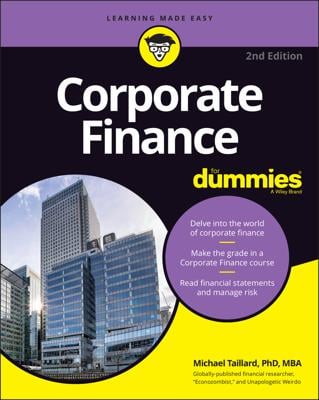Transactions are day-to-day accounting events that happen within a company. For example, the company receives a bill from the telephone company and posts it to accounts payable — that's a transaction. When the company pays the bill, that's another transaction. The term classes of transactions refers to the fact that the company's various transactions are divided into categories in its financial statements; like transactions are grouped together.
Six management assertions are related to classes of transactions. Four of them closely mirror the assertions represented in the financial statement presentation and disclosure (in the prior section). However, the way the assertions relate to transactions differs slightly from the way they relate to presentations and disclosure, as delineated in the following list:
Occurrence: This means that all the transactions in the accounting records actually took place. No transactions are made up or are duplicates. For example, if the client records its telephone bill on the day it's received and then records it again a few days later, that's a mistake: The duplication overstates accounts payable and the telephone expense.
Completeness: All transactions needing entry into the books are recorded. The business excludes nothing. For example, the accounts payable clerk's desk drawer doesn't have a pile of unpaid bills waiting for entry into the accounting system. This situation would understate accounts payable and any expenses that relate to the unpaid bills.
Authorization: All transactions have been approved by the appropriate member of company management. For example, many companies have restrictions on check-signing authority, stipulating that any check written in excess of a certain dollar amount requires two signatures.
Accuracy: The transactions are entered precisely. The right financial statement accounts reflect the correct dollar amounts. The telephone bill is for $125, and the clerk enters it for $125. If the clerk inadvertently transposes the numbers and enters the invoice as $215, that's a failure of the accuracy assertion.
Cutoff: You need to keep a close eye on the cutoff assertion. Some clients just love to move revenue from one period to another and shift expenses from one period to another. Make sure all transactions go into the correct year. If the company has a year-end date of December 31 and receives a bill on that date, it can't move the expense into the subsequent year to increase income.
A good way to catch problems with the cutoff assertion is to use the subsequent payment test. To do so, select payments made within a month to six weeks after the end of the financial period. Pull the supporting invoices, and check to see whether the expenses are recorded in the appropriate year.
Classification: The company records all transactions in the right financial statement account. Say the client has a high-dollar equipment asset purchase. If the clerk assigns that transaction to repairs and maintenance expense on the income statement instead of the balance sheet asset account, that action definitely affects the correctness of both the income statement and balance sheet and misleads users of the financial statements.

